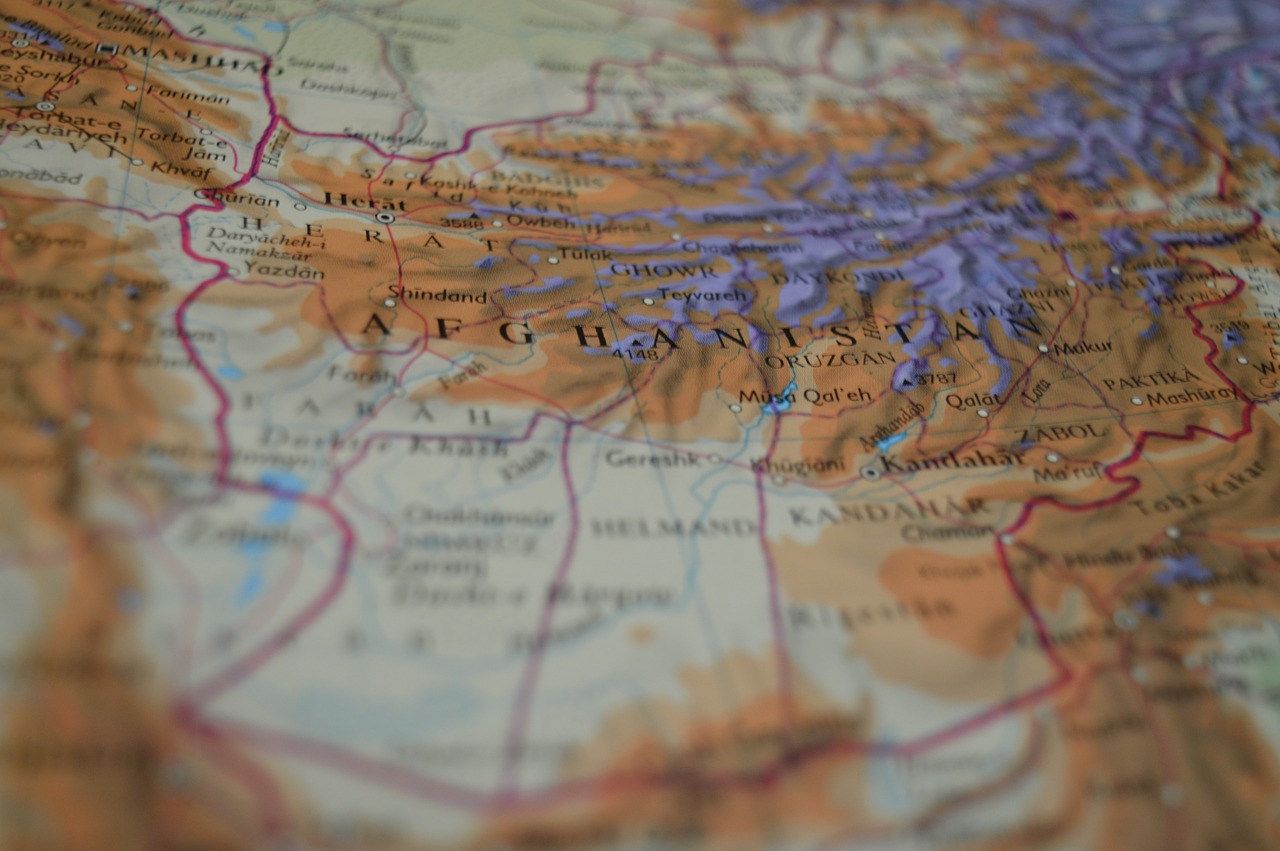
Law students and lawyers in Afghanistan are filing reports with JURIST on the situation there after the Taliban takeover. Here, a Staff Correspondent for JURIST in Kabul comments on an accelerating depreciation of the Afghan currency against the US dollar which may portend an economic crash in the country sooner rather than later. For privacy and security reasons, we are withholding our Correspondent’s name. The text has been only lightly edited to respect the author’s voice.
Today, December 13, 2021, the value of the Afghan national currency – the Afghani – against the US dollar has reached its lowest level in two decades. One USD is now 121 Afghanis in the market. As Afghanistan’s cold winter approaches, the United Nations has warned of a growing crisis of hunger, disease and poverty in the country, and this will make it worse.
To preserve the value of the Afghan currency, the Taliban has prohibited foreign exchange transactions. Taliban officials have emphasized that “the country’s economic situation and national interest require that all Afghans use Afghan currency in trades and businesses.” This, however, does not appear to be helping the economy or the rising dollar price against Afghani currency.
According to the International Monetary Fund (IMF), Afghan banks’ dollar reserves are declining, and if the Taliban fails to bring “cash” into the market, the country’s banks may be forced to close their doors. Prior to the Taliban’s takeover of Afghanistan, the country’s central bank attempted to prevent the national (Afghani) currency from depreciating by selling dollars on a regular basis. The central bank faces liquidity issues and is unable to sell US dollars to commercial banks and the money services providers. Meanwhile, according to local media, lack of liquidity has resulted in a decline in people’s purchasing power, rising prices for basic goods, and a negative impact on imports of essential goods.
The United Nations Development Program (UNDP) predicts that if the current economic crisis continues, approximately 97 percent of Afghanistan’s population will fall below the poverty line. Simultaneously, with the rise of the Taliban, unemployment and a sluggish market have forced thousands of people to flee to neighboring Iran and Pakistan in search of work.
Taliban officials have repeatedly called for the release of foreign exchange reserves held in US banks in order to resolve Afghanistan’s economic crisis. Following the Taliban’s rise to power, the US froze approximately $9 billion in Afghan foreign assets and has refused to release them due to concerns about human rights and security.
Pressure on foreign exchange markets prompted central bank officials to close Saraye Shahzada (the money services provider and foreign exchange dealers of Afghanistan) today just moments after the dollar was announced. As a result, Saraye Shahzada and other foreign exchange markets in Kabul, Balkh, Herat, and other provinces are shut down indefinitely although individual money service providers in Kabul continue to offer rates virtually.
Given the current situation, it appears that the value of the dollar is continuing to rise, which has a direct impact on the price of materials and, ultimately, poverty in the country.
With international aid on hold and the central bank’s foreign exchange reserves frozen, demand for the dollar in Afghanistan’s markets is increasing day by day. In the current crisis and the rising value of US dollar, all parties are involved. Willingly or unwillingly, all – money services providers, the Taliban, and the international community – are to blame. Money services providers hoard in order to keep the dollar from appreciating and from entering the markets, the ruling Taliban are incapable of making logical decisions and are not providing a platform for interaction in order to receive foreign aid.
Some of the aid is currently flowing into the banking system in cash, which is a good way to combat Afghanistan’s current crisis. Even the United States can deposit some of its foreign exchange reserves in the banking system without transferring them to the Taliban-led government.
According to the UN agencies, by the end of March 2022, the UN will be providing approximately $20 million in cash to the Afghan people on a weekly basis. The funds will be transferred to the International Bank of Afghanistan (AIB) where they will be distributed in cash or through the AIB to purchase essential goods within Afghanistan.
According to local media, this amount could rise. This method of assistance, it is claimed, will continue after March. The goal of transferring cash to Afghanistan is to keep dollars in circulation and prevent a liquidity crisis. Economists have previously stated that this method of assistance aids in the control of the dollar’s value and the stability of the national currency. Earlier, the Office of the United Nations Assistance Mission in Afghanistan (UNAMA) delivered three cash aid packages to the Central Bank.
Social media is bold.
Social media is young.
Social media raises questions.
Social media is not satisfied with an answer.
Social media looks at the big picture.
Social media is interested in every detail.
social media is curious.
Social media is free.
Social media is irreplaceable.
But never irrelevant.
Social media is you.
(With input from news agency language)
If you like this story, share it with a friend!
We are a non-profit organization. Help us financially to keep our journalism free from government and corporate pressure














0 Comments